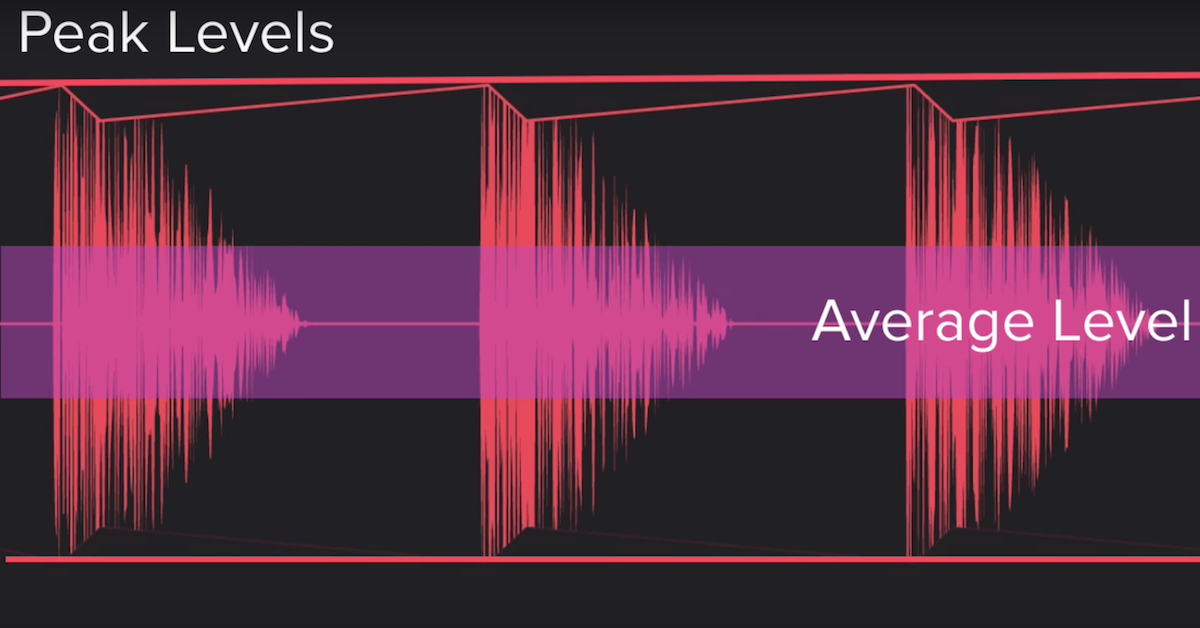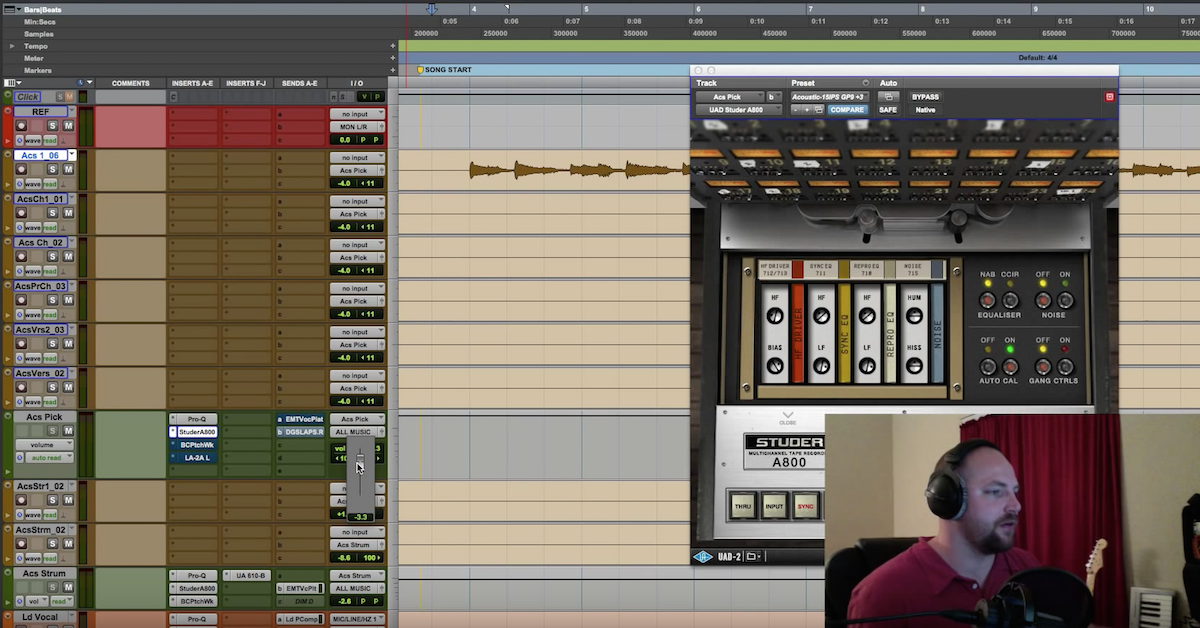When Acoustic Treatment Doesn’t Matter
Article Content
[Editor’s Note: this is a guest post by Joe Gilder of HomeStudioCorner.com]
Do you ever hang around popular recording forums? Have you ever noticed that no matter what question people ask, the answer is always “You need to treat your room.”
It’s almost comical. Somebody asks, “I’m just getting into recording for the first time, what microphone would you suggest.” Then people come out of nowhere, saying asinine statements like “You shouldn’t even look at microphones until you’ve treated your room. Acoustic treatment is more important than food or oxygen.” : )
Don’t get me wrong, a great-sounding room is an invaluable tool to have in your arsenal, but it’s just one piece of the puzzle.
Do I always use acoustic treatment?
If I’m recording in my studio, the answer is usually yes. I do most of the recording in my home studio in one room. Like most home studio folks, that one room is my control room, tracking room, and vocal booth.
My studio is treated with a decent amount of acoustic foam and bass traps. However, when I’m recording on location, at someone’s house, or maybe a church, I don’t always use treatment. Sometimes it’s just not possible. Sometimes it’s just not necessary. More on that below.
Loud Sources
If you’re recording really loud sources like a crankin’ guitar amp or a trumpet, the need for acoustic treatment kinda goes out the window. Sure, you don’t want your room to be super echo-y, but you don’t need it to be dead quiet and perfectly flat either.
Those loud sources are so much louder than any lingering reflections that chances are you won’t hear the difference, especially if you’re recording in a fairly small environment. (If you’re in a huge warehouse…well…that’s a different story, but why are you in a huge warehouse? Kinda shady!
Sometimes I’ll throw my guitar amp in the bedroom next to my studio. There’s no treatment in there, but I’m just capturing the amp, from a couple inches away, with a dynamic mic. And it sounds great.
A Room Full of Stuff
I was engineering a vocal session for a producer here in Nashville. She just wanted me to bring my gear to her house and set up in the spare bedroom.
I was hesitant. After all, my studio is nice and treated. How would we ever get a professional sound in a room that doesn’t have any Auralex in it?
Answer: it sounds great. As it turns out, the bedroom we were in had a lot of stuff in it:
-
- The bed took up most of the room (great for absorption and bass trapping).
- The window had blinds on it (great for diffusion).
- The walls had paintings on them, and there was a big dresser taking up the remaining bare wall (again, lots of diffusion happening).
I opened the small closet, hung a blanket on the clothes hanging there, then placed the mic a few feet in front of the closet, facing the blanket. The vocalist stood right there in front of the closet door. The blanket absorbed anything that might have bounced off the wall behind her, and the rest of the room had a nice, smooth sound to it.
The verdict? The vocals sounded great.
Conclusion
Don’t take this article the wrong way. I’m not saying you don’t need acoustic treatment, especially if you’re doing a lot of mixing. but remember that it is possible to get great-sounding recordings in a less-than-perfect room.
You’ve just got to… wait for it… use your EARS! Hey, I think somebody created an app that helps you train your ears, right? : )






